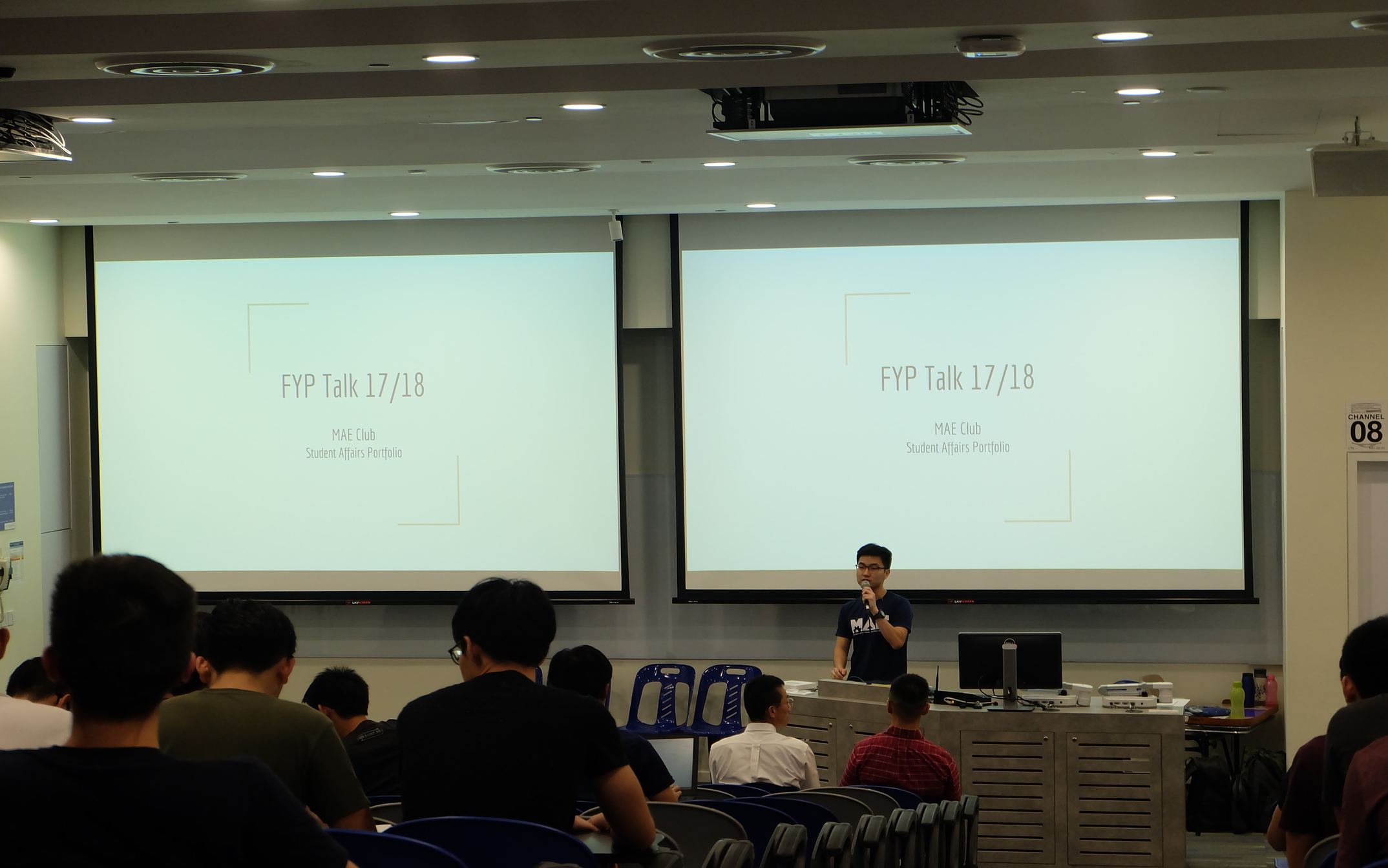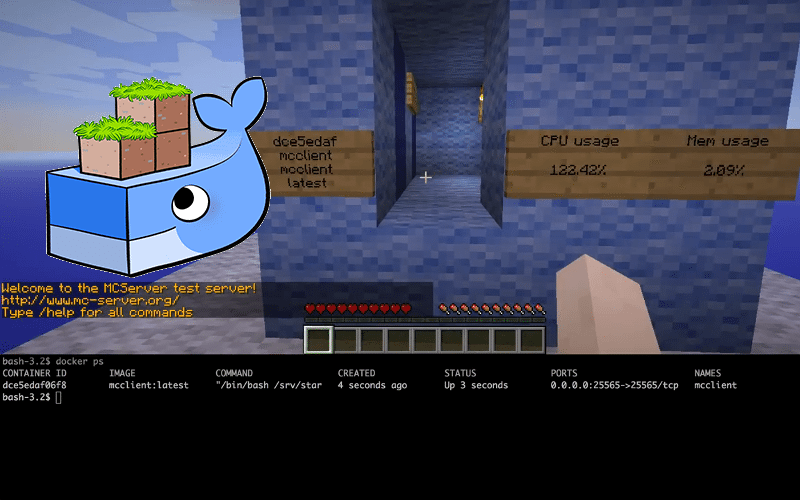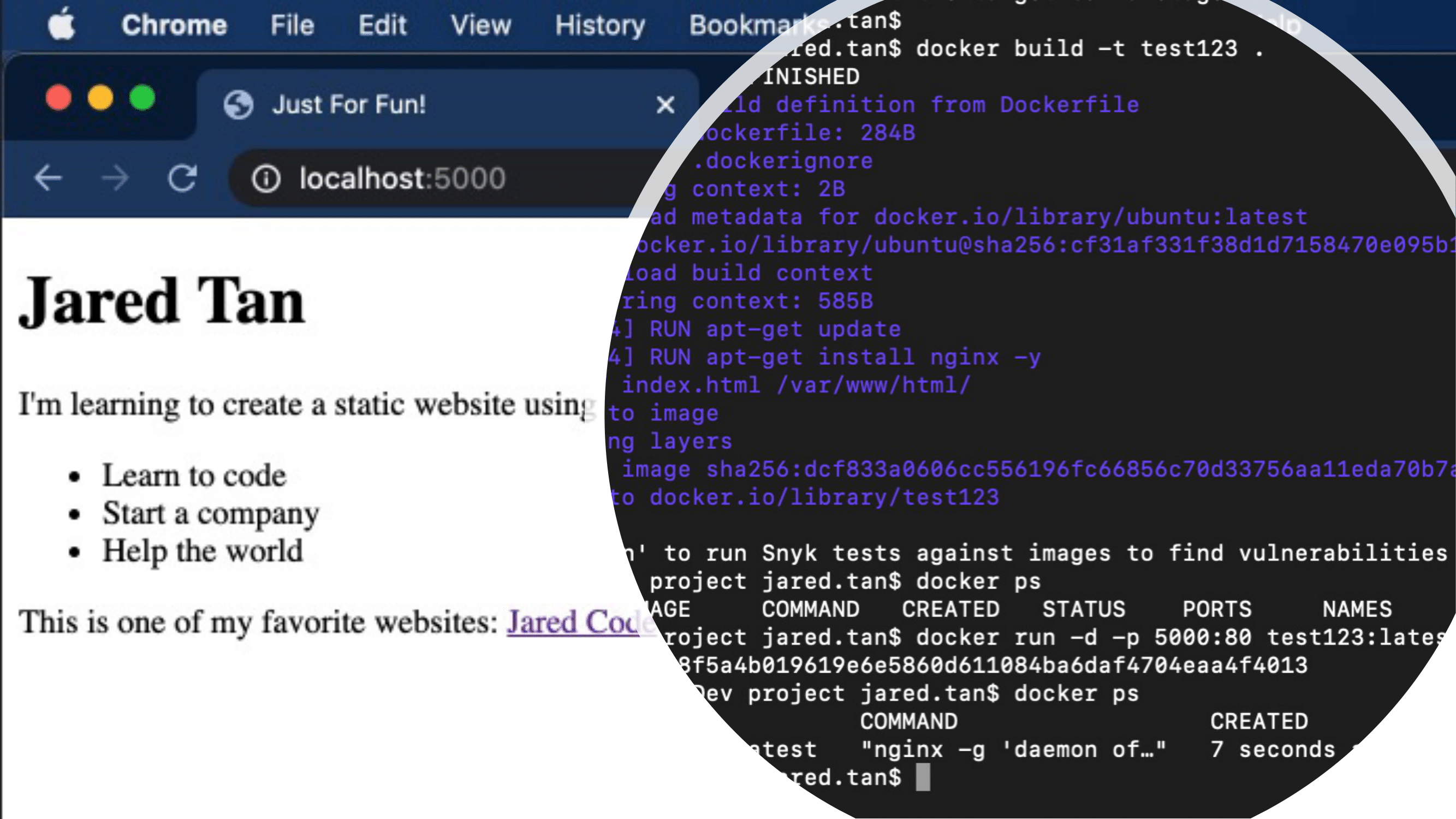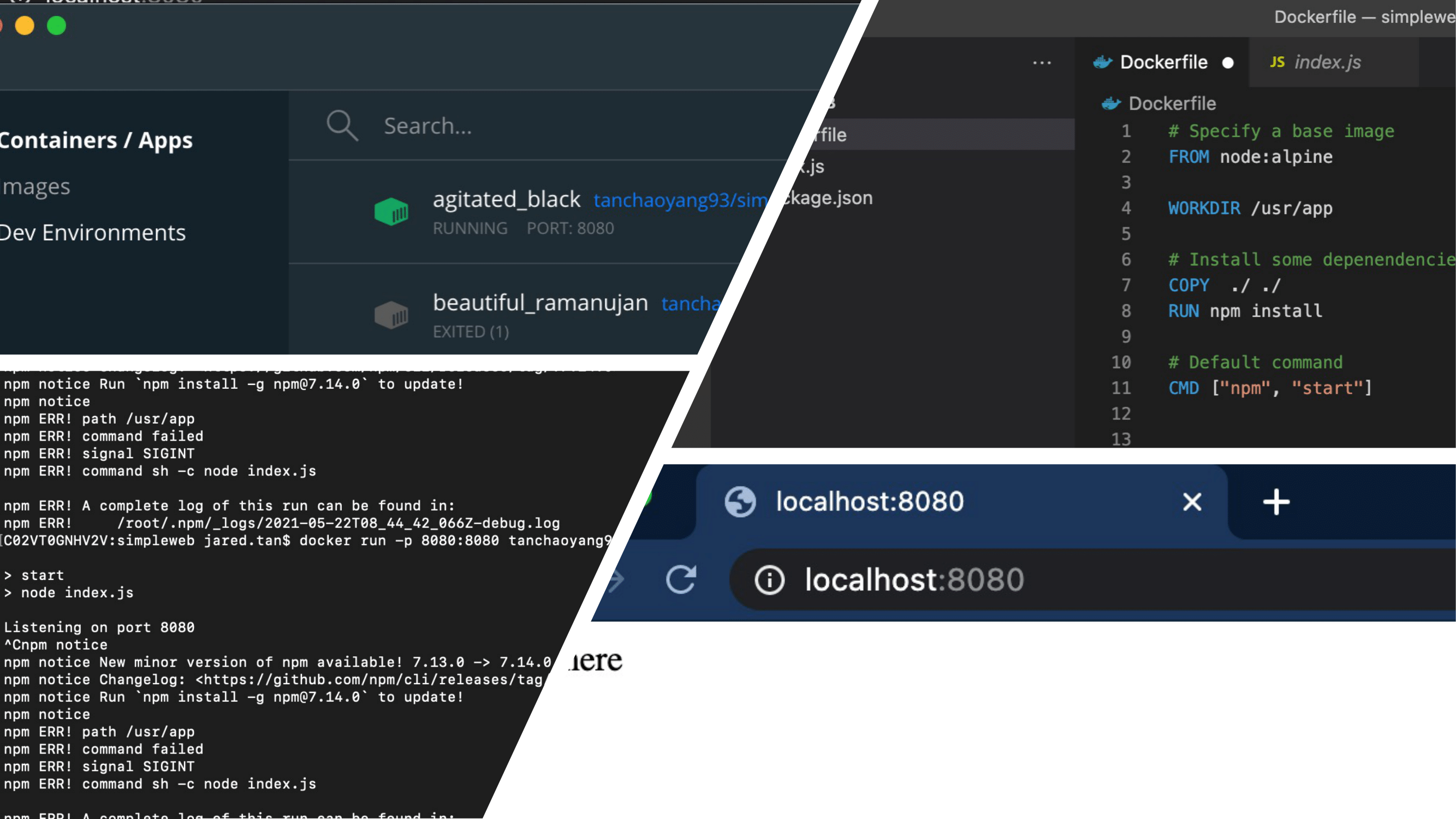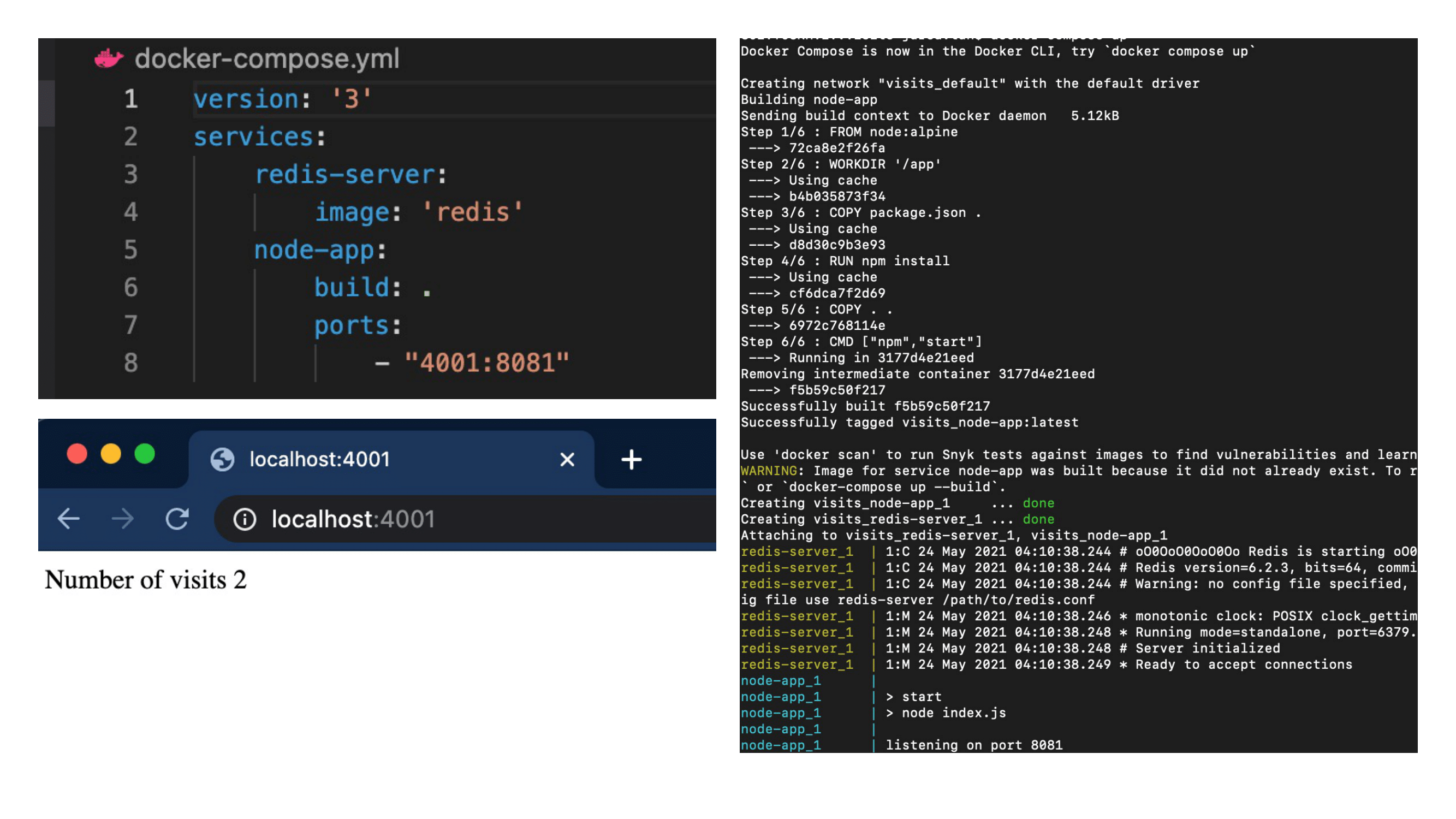My take on this is probably not going to be the most popular, but I do agree with the author on this one. (Automation and tooling is necessary)
It is in the blood of an engineer to invent an elegant solution given a particular problem at hand. Automation is no different than the “original task” to be done.
“Rethinking” and “ongoing development” is probably indicative of the wrong solution implemented by the engineer, resulting in a downward spiral of productivity.
I think the only way to get it right is through experience after several spirals, or to learn from the experience of those who have been through similar situations.
We live in a world that’s extremely busy and it’s quite hard for us humans to find some rest with all of the notifications we receive on our mobile phones and
overall we’re just left with a feeling of unease and restlessness, if we allow our environment to do so. This book has helped me to look at things in a different way to create rest
for myself. With COVID-19, we can be overwhelmed by the pressure around us and I don’t find it surprising that many people are feeling burnt out, down, or even depressed by all the demands
that are constantly being made from their environment. It's really important that at times, we slow down our pace of life and take a step back to think things through for us to be physically and mentally healthy.
Just sharing what I have learned on the brief introduction of API Limiting. API Rate Limiting is basically restricting the number of times a particular end user is able to call the endpoint. There are a couple of ways to do this, and the way that we chose would be to utilize a Redis cache.
The idea is to have a key-value pair (user ID as the key and times accessed as value that will update everytime a call is made, and although there are various options to use, I personally believe that Redis is perfect for handling little tasks like that.There’re many considerations to take
into account for such a simple implementation. A cursory look online points to having to deal with HTTP headers (agh damn networking), different time buckets and also pipelining. It is certainly good to dive more into the details in time to come.
This book features DISC profile which is a personality test and is definitely a really insightful and refreshing read. It simply lays out the traits – good, bad, and ugly – of each of the profiles, and makes it easier to spot them; not just in yourself but in others.
Nothing beats having an actual DISC profile but this book does an excellent job in showing the behaviour you will witness from each of these types and how you can manage the dynamics of your relationships. Whilst it has a business focus – he is a leadership specialist after all –
there is no doubt this can also work with your personal life too.




